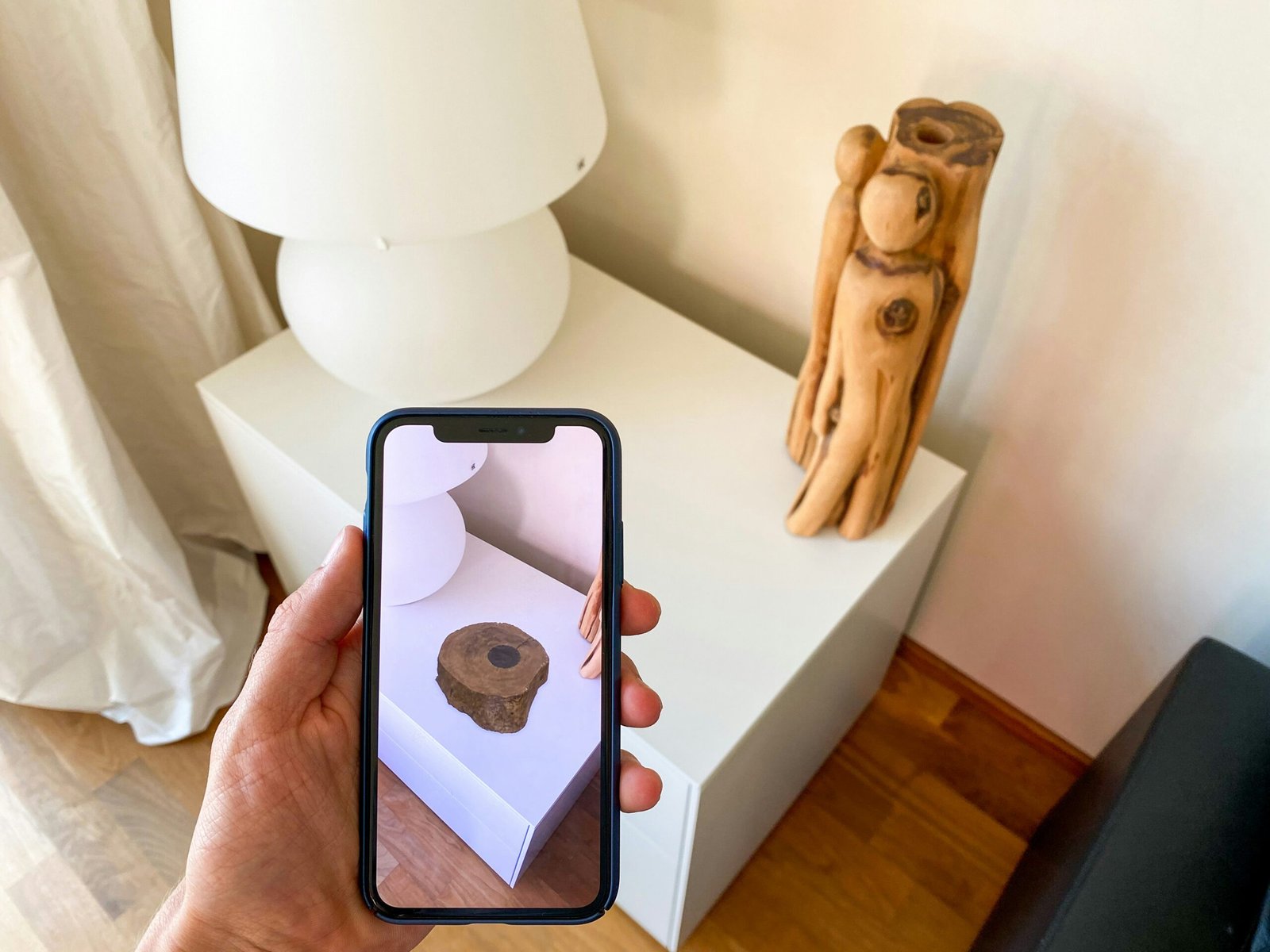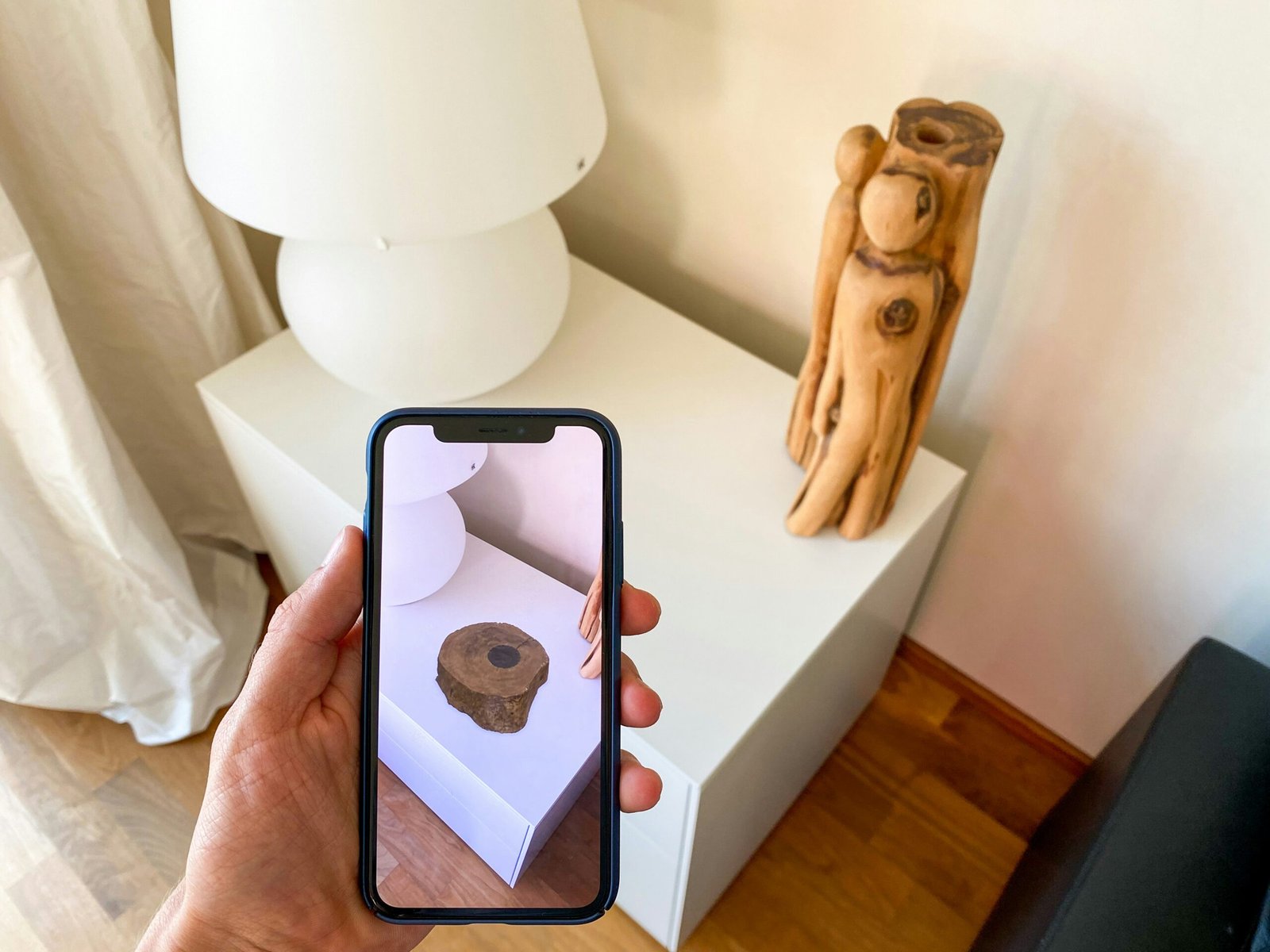
Introduction to Augmented Reality (AR)
Augmented Reality (AR) refers to the technology that superimposes computer-generated images, sounds, and other sensory enhancements onto our real-world environment. In contrast to Virtual Reality (VR), which creates a completely immersive environment that replaces the physical world, AR enhances the user’s perception of reality without replacing it entirely. This distinction is crucial when discussing the applications of AR, especially in the field of education.
The technology behind AR primarily involves the use of sensors and digital overlays to merge virtual content with the real world. Devices such as smartphones, tablets, and AR glasses utilize cameras and sensors to detect the user’s surroundings, subsequently rendering digital information on top of those visual inputs. This blend of physical and digital worlds facilitates a richer learning experience by providing students with contextual and interactive learning materials tailored to their immediate environment.
The historical context of augmented reality reveals a journey marked by significant milestones. The concept can be traced back to the 1960s with the invention of the first head-mounted display system. However, it was only with the advent of smartphones in the 21st century that AR technology began to flourish. The launch of applications like Pokémon Go in 2016 brought widespread awareness and illustrated the potential of AR across various sectors. Today, educators are increasingly adopting AR tools to create immersive lessons that captivate students’ attention, enhance understanding, and encourage active learning.
As we prepare to explore the benefits of AR in educational settings, it is essential to understand the fundamental principles behind this innovative technology and its evolution. This foundational knowledge will serve as a stepping stone for comprehending the transformative role AR can play in enhancing learning outcomes.
Benefits of AR in Learning Environments
Augmented Reality (AR) has emerged as a profound educational tool that provides various benefits in learning environments. One significant advantage of AR is its ability to enhance student engagement and motivation. By integrating digital content with the real world, AR creates immersive experiences that can captivate students’ attention. For example, when students can visualize complex concepts through 3D models and interactive simulations, learning becomes less mundane and more dynamic. This active participation not only fosters interest but also encourages learners to explore subjects in depth.
Moreover, AR facilitates differentiated instruction, enabling personalized learning that caters to the unique needs of each student. With a plethora of AR applications available, educators can tailor experiences that align with various learning styles—visual, auditory, and kinesthetic. This adaptability helps ensure that every student has the opportunity to grasp crucial concepts in ways that best suit their learning preferences. As a result, retention rates can improve, with learners becoming more adept at recalling information they have actively engaged with.
In addition to enhancing understanding, AR promotes collaboration among students. Educational AR applications often encourage group work, allowing learners to solve problems together, share ideas, and build social skills. This collaborative approach not only strengthens relationships but also provides an avenue for peer learning, where interactions enhance the educational experience further.
Furthermore, the impact of AR on special education cannot be overlooked. By providing tailored experiences and visual aids, AR can bridge gaps in learning for students with disabilities, making complex materials more accessible. This capability supports diverse learners, ensuring that all students can participate fully in the educational process. Overall, the integration of augmented reality in educational settings holds promising potential, as it paves the way for a more inclusive, engaging, and effective learning environment.
Case Studies of AR Applications in Education
Augmented Reality (AR) has emerged as a transformative tool in educational settings, enabling innovative learning experiences across various disciplines. Numerous institutions have successfully integrated AR technologies into their curricula, prompting enhanced engagement and comprehension among students. One notable example is the implementation of AR in biology classes at the University of Maryland. Here, students utilized AR models of the human body, allowing them to visualize and interact with anatomical structures in real-time. This hands-on approach led to improved understanding and retention of complex biological concepts, as evidenced by student performance assessments and feedback.
Another successful AR application can be found in history education at the University of South Carolina. The institution adopted an AR platform that allowed students to explore historical landmarks and events through their mobile devices. By pointing their devices at a designated site, students could access rich multimedia content that brought history to life. This immersive learning experience resulted in increased student interest and a deeper appreciation for historical context, reflected in enhanced engagement metrics and qualitative feedback from participants.
In mathematics, the use of AR has been embraced by several high schools, including one in California. The educational institution employed AR-based applications that provided interactive visualizations of mathematical concepts such as geometry and algebra. Students could manipulate shapes and equations, fostering a greater understanding of abstract concepts. Feedback gathered from students indicated a notable improvement in enthusiasm towards mathematics and increased problem-solving skills, as students felt empowered to explore mathematical relationships dynamically.
These case studies exemplify the potential of AR in education, demonstrating its versatility across subjects such as science, history, and mathematics. The successful integration of AR not only enhances the learning experience but also encourages critical thinking and collaboration among students, illustrating the powerful impact of technology in contemporary education.
Challenges and Limitations
The integration of augmented reality (AR) in education presents various challenges and limitations that must be acknowledged to ensure successful implementation. A primary concern is the need for robust technological infrastructure. Schools and educational institutions may lack the necessary hardware and software to support AR technologies effectively, creating a disparity between institutions that can afford advanced technology and those that cannot. This technological divide can hinder the widespread adoption of AR, limiting its potential benefits to a select group of students.
In addition to infrastructure challenges, teacher training is crucial for the effective utilization of augmented reality in the classroom. Many educators may not possess the requisite skills or knowledge to integrate AR into their curriculum. Comprehensive training programs are essential for equipping teachers with the understanding of how to leverage AR applications effectively. Without adequate training, teachers may struggle to incorporate augmented reality into their lesson plans, ultimately affecting student engagement and learning outcomes.
Curriculum integration represents another obstacle to the implementation of AR in educational settings. Educators must find ways to align augmented reality experiences with existing curricula, ensuring that they enhance the educational objectives rather than distract from them. Furthermore, ethical considerations surrounding data privacy and screen time cannot be overlooked. The use of AR often involves collecting data on students’ interactions and behaviors, raising concerns about the protection of student information and their digital footprint. Additionally, excessive screen time associated with AR experiences may pose health risks, thus necessitating careful consideration of how AR applications are utilized within educational environments.
Ultimately, while augmented reality has the potential to transform education, acknowledging these challenges and limitations is essential. Addressing these barriers proactively will facilitate a more equitable and effective implementation of AR in educational settings.
Future Prospects of AR in Education
The future of augmented reality (AR) in education presents a myriad of opportunities that promise to transform traditional learning environments. Emerging trends indicate a growing integration of AR with other advanced technologies, particularly artificial intelligence (AI) and virtual reality (VR). This convergence has the potential to create immersive, engaging learning experiences that cater to diverse learning styles and preferences. As educators begin to recognize the benefits of incorporating AR into their teaching methodologies, they can leverage these synergies to enhance student engagement and improve knowledge retention.
One significant prospect for AR in education lies in personalized learning. With the assistance of AI, AR can adapt to individual student needs, providing tailored educational content that aligns with their learning pace and style. This data-driven approach fosters an inclusive environment, offering all students the opportunity to thrive. Furthermore, the immersive nature of AR can simulate real-world scenarios, facilitating experiential learning that keeps students motivated and curious about complex subjects.
As research continues to unveil the cognitive benefits associated with AR, educators are increasingly encouraged to implement innovative pedagogical approaches. For instance, using AR to visualize abstract concepts in subjects such as mathematics or science can bridge the gap between theory and practical application. This holistic understanding enables students to grasp challenging material more effectively and fosters a more profound interest in STEM fields.
Moreover, the potential for AR to facilitate collaborative learning experiences cannot be overlooked. With the rise of social learning platforms combined with AR technology, students can collaboratively explore virtual environments and complete group projects, honing their communication and teamwork skills. These skills are essential in today’s interconnected world.
In conclusion, the future prospects of augmented reality in education are promising. By embracing the integration of AR with other technologies and innovative pedagogical approaches, educators and policymakers can pioneer a transformation in the educational landscape that supports the learning needs of all students.
